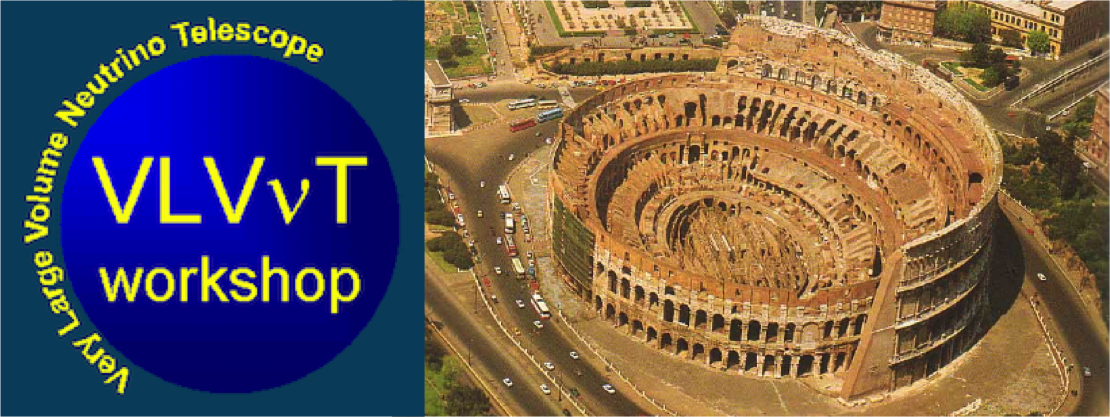Speaker
Allan Hallgren
(Uppsala University)
Description
Detection of neutrinos in the EeV range by observation of radio pulses from the Askaryan effect is proposed by several collaborations. The ARIANNA collaboration is one of them. ARIANNA investigates the possibility to use the unique conditions of the Ross Ice-shelf. The site is isolated with very low levels of anthropogenic radio noise. Reflection of radio signals on the mirror-like ice-sea interface increases the efficiency and angular range covered. The antennas can be installed just below the snow surface and are not limited by e.g. a requirement from a narrow hole. Surface installation makes fast and simple installation possible. The ARIANNA design comprizes a large array of 1236 independent detection stations installed in an area of 36 km* 36 km. The design and the large number of stations provides for a comparatively low threshold.
To develop and verify the design the smaller Hexagonal Radio Array (HRA) has been built. The last stations were deployed in the 2015-2016 Antarctic summer season. The operational experience and first results will be described as well as the future perspective.
Author
Allan Hallgren
(Uppsala University)
